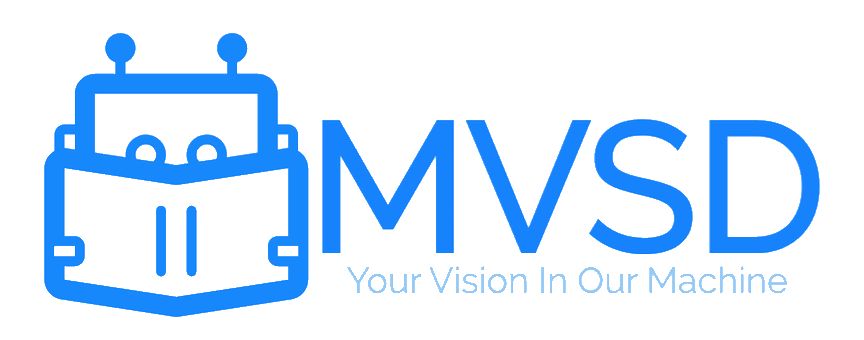
The Machine Vision Sorting Device is a work in progress. While models of the machine is made, many specifications will needs to be tested and changed. Therefore no image is available at this time.
Machine Vision Sorting Device
Background
Product City Co. is a company that creates fashion accessories for well-known clothing brands around the world. They manufacture custom branded button caps by punching blanks from raw metal sheets. Electroplating is a core process used to change the colour of the caps. Large batches of products destined to be the same colour are electroplated together at the same time irrespective of the branding on the items.
After electroplating, the items are manually sorted, assembled, packed and shipped by workers however, the company noticed problems with their quality control as workers could not accurately sort the buttons apart. The whole process involves many steps that are irreversible and it impacts the company, the economy, environment and health and safety of the workers. Each time a wrong batch is sent to the customer, the batch of buttons and garments involved are discarded creating waste.
Objective
Our objective is to create a device that can be used as a long term solution for their quality control. We aim to completely automate the sorting process. The plan is to create a machine that captures an image of the button being sorted and compare it to a machine vision model to determine button type, pass or fail. If the button is a pass, then it will be sorted to the correct batch. If the button is a fail, then it will be removed from the manufacturing process.
Constraints
-
The machine must be able to sort 2-4 buttons per second.
-
The machine must have an adjustable confidence interval to dictate what is accepted.
-
The machine must be simple enough to be operable by workers at their factory.
-
The program must have a Chinese language option.
-
The machine must fit the size of a 60 x 24” workbench.
-
The machine must not exceed a weight of 50 lb.
Design
Our design involves using machine learning and machine vision to sort items with similar appearance. Machine learning is able to record and learn patterns based on the images given. Therefore, with enough images to train the machine, it should theoretically be able to sort with 100% accuracy. Since the company planned on using it long term with more buttons introduced in the future, we believe machine learning gives them the versatility to do so.
-
Small batches of buttons are manually dropped into an auto feeder. The auto feeder will orient and feed them into an inclined track. The design will be based on a bowl feeder where a disk will be shaped into the size of the button and pick up buttons that are oriented correctly. Visual representation is available in Appendix A, Figure 2.
-
The buttons slide down the track, passing by a sensor which will trigger the camera to take an image. The image is then compared to a database we would have previously trained for. The image is labeled as pass or fail depending on the percent likeness to the images in the database.
-
Once determined, the processor will give the signal via GPIO to the PLC. The PLC will activate an array of pneumatic tubing set up to push the button off the track with air. Solenoids will be used to trigger a proximity sensor to activate the correct valve.
-
The button is blown off the track by an air jet regulated by the solenoid specified by the computer into a chute that feeds into the desired container for the sorted buttons.
Reflection
While the machine itself is not complete, tests were for done to see the capabilities of the machine. The machines performance was exceptional. The machine sorted quickly and accurately. The machine will need more testing in a work force application before a more formal product can be launched.
An area of concern include the processor and storage capability and what can be done to increase this. Since Product City has thousands of products, it needs to be determined whether the machine is capable of continuously storing more images or if a different machine learning method is needed.
Another area of concern is whether this device is simple enough that any one would be able to easily learn and use it. The machine is designed with simplicity at the core but adding more buttons to sort will need someone with some knowledge of machine and whether this can be taught through a manual.
